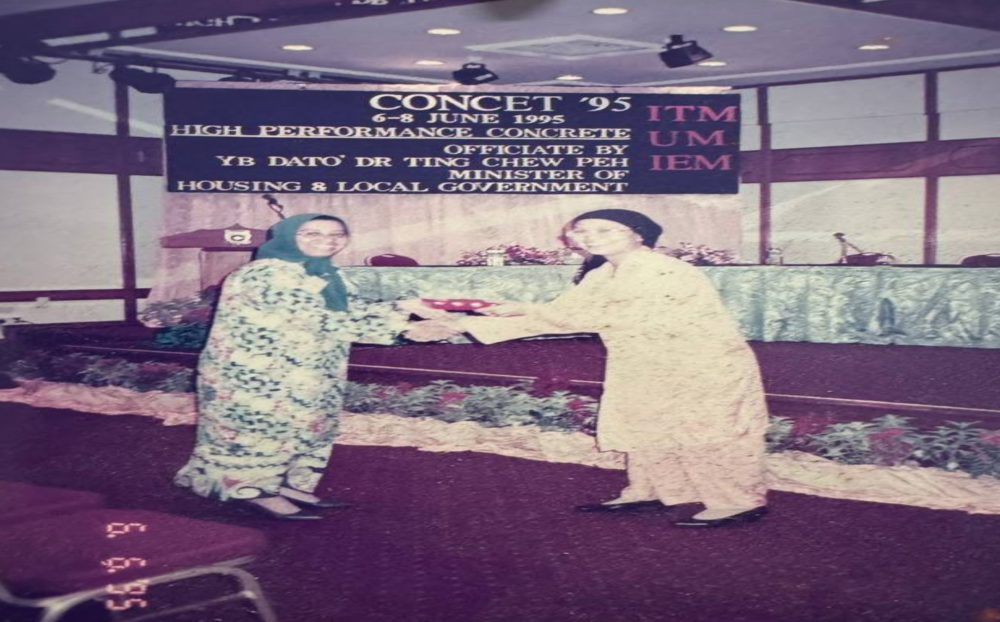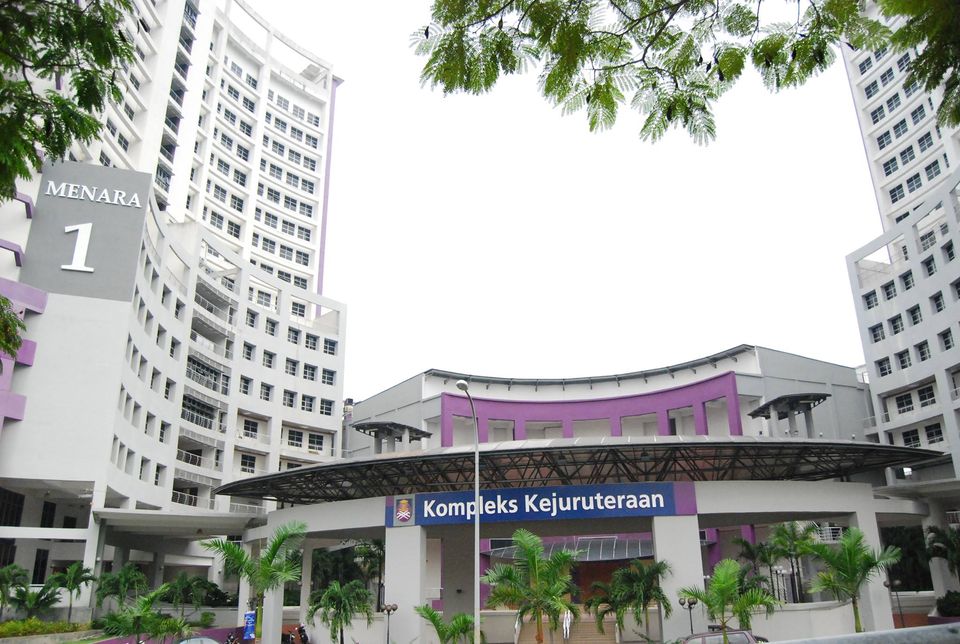History
1967 - 1968
1967
School of Engineering (SOE) was established in early 1967 when Tan Sri Dato’ Dr Arshad Ayub was then the Principal of MARA College. Students with a minimum of 2 A-Level and 3 O-Level passes will proceed to a 3-year Advanced Diploma in Engineering (in Civil, Electrical or Mechanical Engineering).
1967 - 1968
1968 - 1969
1968
The first intake of 12 students for the 2-year A-Level program was initiated in June 1968.
1969 - 1970
1969
The Overseas Development Aid of the U.K. assigned the Head of the Civil Engineering Department, the Head of the Mechanical Department and the Head of the Electrical Department from Brighten College of Technology to ITM for four weeks to assist and advise SOE in the curriculum and facilities planning.
1969 - 1970
1970 - 1971
1970
In June 1970, the first batch of A-Level students passes were sent to Australia to continue their studies, as the facilities in the SOE were not ready. In the meantime, the British government approved £ 1 million allocations for purchasing the British-made equipment.
1971 - 1973
1971
In early 1971, the Overseas Development Aid Department of the U.K. assigned three experienced engineering lecturers in civil engineering, electrical engineering and electronics engineering to ITM to assist in running the engineering program.
In July 1971, SOE began to conduct Advanced Diploma courses in civil engineering, mechanical engineering, and electrical engineering with the help of volunteers from Australia, New Zealand and Canada, together with the three British advisers and part-timers. Lectures were conducted in the ITM campus in Shah Alam, but all practical works were carried out in the laboratories of the University of Malaya. At the same time, SOE also started to conduct the Diploma Course in Land Surveying.
1971 - 1973
1973 - 1975
1973
With the completion of the SOE building and laboratories, plus the arrival of all the equipment from the UK, the SOE started to conduct all their lectures and practical laboratory work in the new building.
1974 - 1975
1974
SOE adopted the U.S. grading system (GPA and CGPA). SOE began to recruit engineering teaching staff from India, Ceylon and Pakistan. SOE introduced the two-tier system, in which the students must complete 3 three-year diploma courses with good grades to carry on with the advanced diploma course for another two years.
1974 - 1975
1975 - 1985
1975
1985 - 1995
1985
The School of Engineering conducted numerous consultation and research works when the Bureau of Research and Consultancy was set up in the institution. This era also showed that professional involvement from the academic staff increased tremendously, be it as advisers or consultants to projects or voluntary services to professional bodies. The school’s activity of organizing seminars and conferences has now grown to an international level, where, in 1989, the Regional Conference on Concrete Engineering and Technology was held in Kuala Lumpur.
1985 - 1995
1995 - 2005
1995
In the last decade, the Faculty of Civil Engineering at UiTM expanded with diploma programs on five additional campuses (Perlis, Pahang, Sarawak, Sabah and Penang), meeting job market demands and increasing enrollment. The Bachelor's program, aligned with BEM standards, is now concentrated in Shah Alam. International collaborations have been established with prestigious universities. The faculty offers a PhD program and is organized into four Centers of Study (Structural Engineering and Computing; Geotechnical, Transportation and Surveying; Water Resources and Environmental Systems; and Construction Engineering and Project Management), fostering growth in postgraduate programs.
2005 - 2018
2005
In the last decade, the Faculty of Civil Engineering at UiTM expanded with diploma programs on five additional campuses (Perlis, Pahang, Sarawak, Sabah and Penang), meeting job market demands and increasing enrollment. The Bachelor's program, aligned with BEM standards, is now concentrated in Shah Alam. International collaborations have been established with prestigious universities. The faculty offers a PhD program and is organized into four Centers of Study (Structural Engineering and Computing; Geotechnical, Transportation and Surveying; Water Resources and Environmental Systems; and Construction Engineering and Project Management), fostering growth in postgraduate programs.
2005 - 2018
2021
2021
Under UiTM's transformation agenda, four (4) engineering faculties, namely the Faculty of Civil Engineering, the Faculty of Mechanical Engineering, the Faculty of Electrical Engineering, and the Faculty of Chemical Engineering were restructured and merged under the College of Engineering, UiTM. On the 29th of March 2021, the Faculty of Civil Engineering became the School of Civil Engineering (SCE).